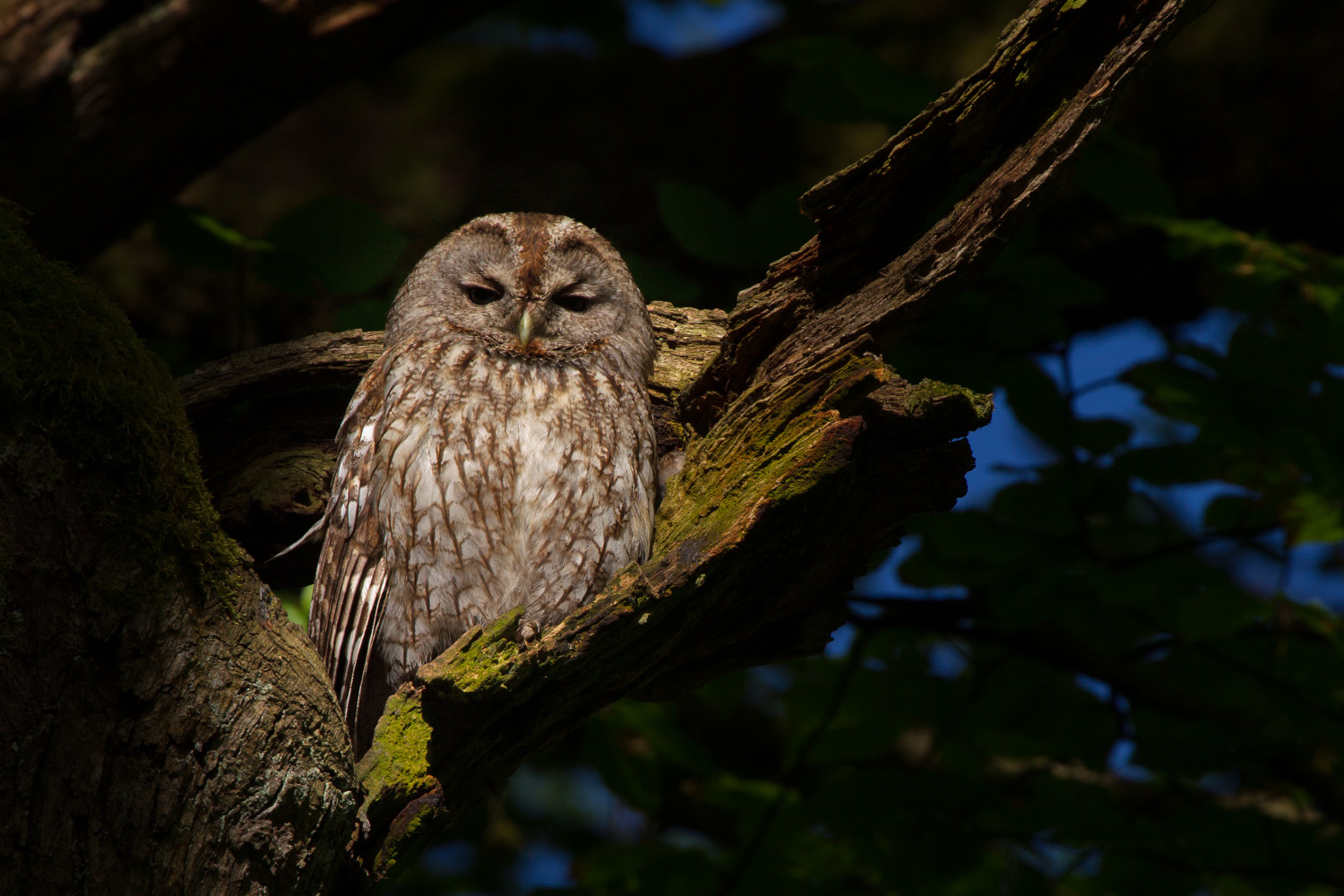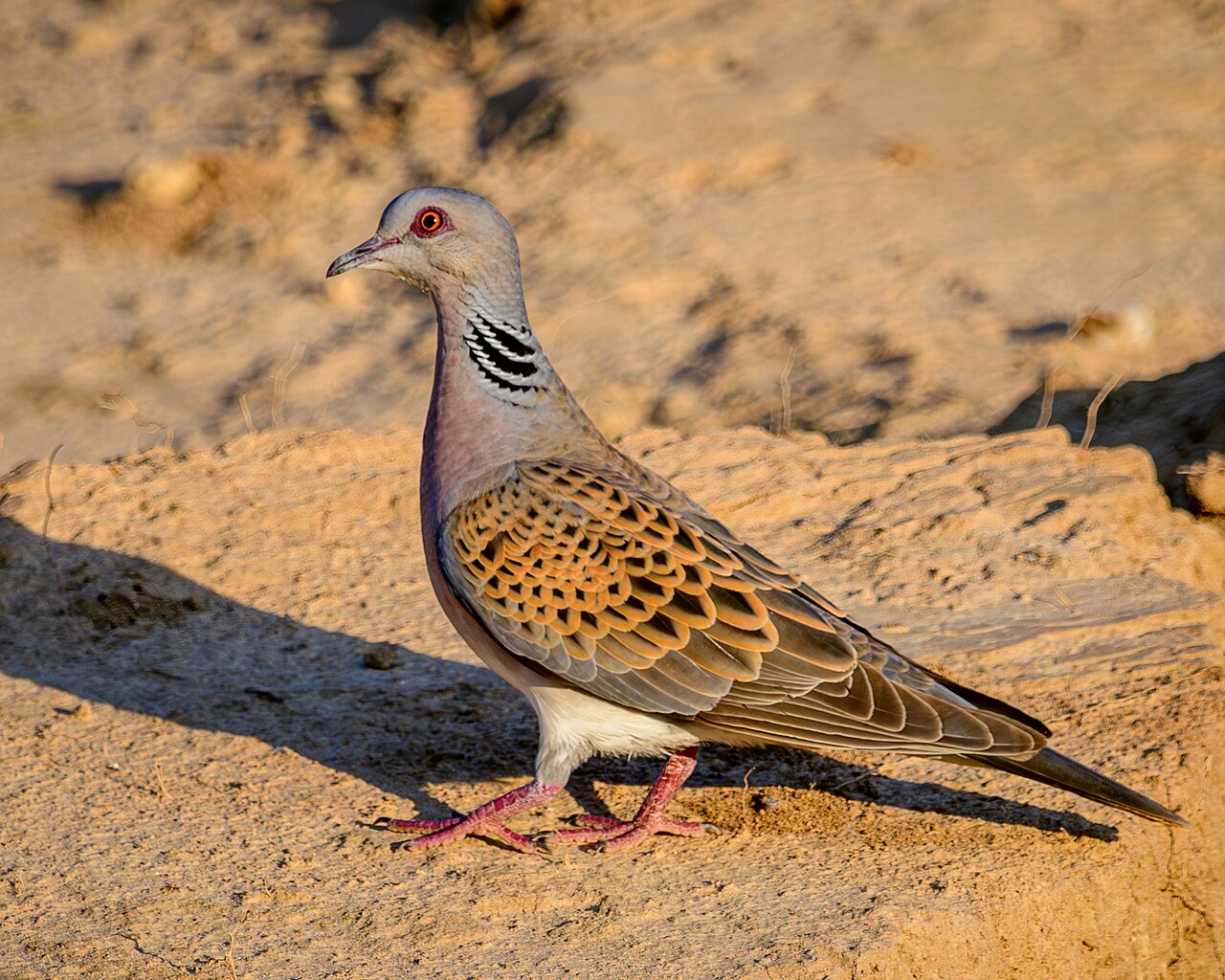Unknown neighbour
- Of the lizard species existing in the Basque Country, the mural lizard is the most common human eye. Sometimes it is brown, with a green dot on others, and usually has dark streaks or spots on both sides and on the back. Like all lizards, it has long fingers and a lightweight body protected from scales that helps you make quick movements with the help of the tail.

(photo: Iñaki Sanz Azkue)
Mural lizard (podarcis muralis)
Group: Vertebrate / Reptile
Size: About 7 cm without glue.
Where does he live? Forest, rocky, prairie and urban area.
What do you eat? Small invertebrates.
Level of protection: Sponsored in Europe.
Although common, one cannot speak of a known species. Despite the fact that lizards are often seen, we do not pay much attention to them, because neither the citizens, nor the researchers, have a hard time putting our eyes on what is not threatened. Maybe we'll look at them when the males start with the spring fights, or when the kid playing with them takes off the tail and watches how it moves once separated from the body, but -- do we know the mural lizard?
The mural lizard, as its name suggests, likes its walls, so it is the most visible of our houses, houses or nearby walls. It can also be observed in the forest light points, in the slopes, between the wood or at the edges of the field. The head is flattened, but with the unpointed end, large enough to penetrate the cracks. Mural lizard, look for a hideaway in the holes and food in the surroundings. It's a big bug.
Like all reptiles, it needs heat to warm the body and start the day. In this way, you can receive this heat from the sun, and to do so, we will find the first rays of the day flattened, as soon as possible, to heat it as soon as possible. Being an ectoterm, this heat will help you activate the body and from that moment on you will start hunting for food to strengthen it and cope with the spring breeding season.
In spring, males want to take the best place. A sunny place with shelters to escape the dams, but at the same time rich in food. Therefore, it is not surprising that you see fights between them, biting among them, who will achieve the best place. Eggs shall be placed with dry cracks of old walls or under stones and logs. In this way, very small bounces will remain unwet, but with the minimum humidity needed. From it will emerge very small lizards, independent reptiles who no longer need parents.
The lizard is a visible species in the countries of southern Europe. In the Mediterranean area, it must rise in height to find the necessary conditions. Thus, it is not surprising that in many places of the Iberian Peninsula there is only a mural lizard in high mountains.
Although it is a common species, we must look with interest. Protected at European level, but little studied. And it's that while we treat endangered species, the situation of the most common species is often unknown. So every time you see a lizard on the wall of the house, remember that this species deserves a look, an observation of a second, a sicary, to believe that it is part of our environment.



















